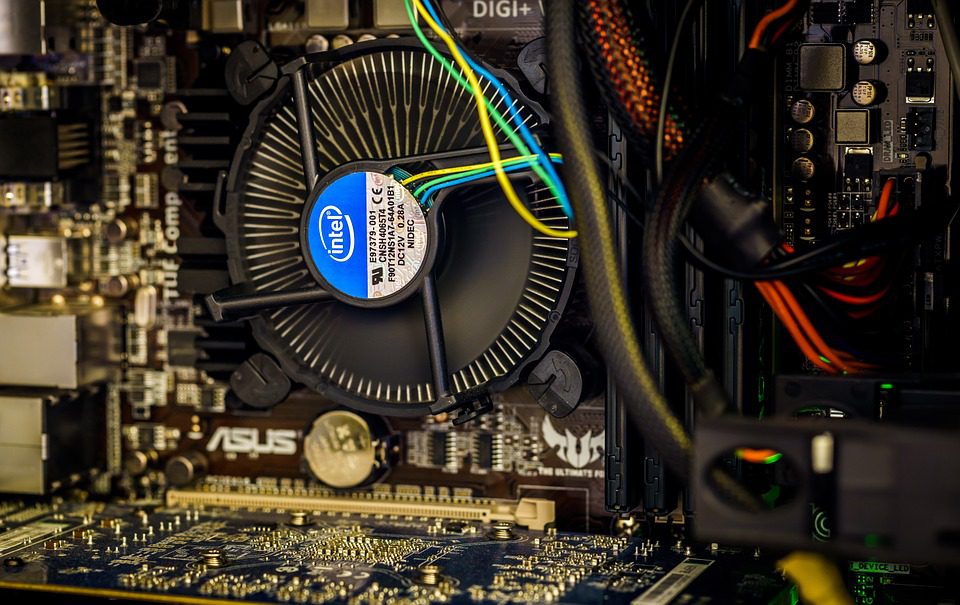Counterfeit electronic components can penetrate different international markets. In order to prevent the proliferation of these imposter components that may jeopardize safety and erode customer confidence, the government has been taking steps to block their entry into the U.S. market.

(Pixabay / tookapic)
The following are common steps to help you determine if electronic components are counterfeit or authentic:
- DNA markings – Counterfeit electronic components can be detected through testing for DNA markings. These are the unique marks that manufacturers place on a product to establish authenticity. Other manufacturers cannot replicate them. DNA markings were originally required by the Department of Defense on high-security microcircuits.
- X-ray inspection – You can determine the authenticity of an incoming electronic component by x-raying it and comparing the results with the original sample. While a component may seem authentic when inspected by the naked eye, the difference in its internal structure will show up during an x-ray.
- X-RF inspection – To determine authenticity, you can subject the component to an X-ray fluorescence spectroscopy inspection.
- Decapsulation – This method is typically used in testing semiconductors. It involves the removal of the component’s external packaging in order to expose the semiconductor wafer to laser die etching and marks.
- Automated optical inspection – An AOI inspection system is commonly used in the manufacturing of PCBs. This procedure helps detect failures and verify authenticity.
- Other methods – Other methods of testing electronic components for authenticity include chemical methods which use heated acid to expose counterfeit components. There are also mechanical methods which involve inspection for chipping or cracking components.
Electronic manufacturing services can guard against the entry of counterfeit parts by carrying out these testing measures. Many electronic products are made of hundreds of pieces, but just the addition of one single counterfeit component can sabotage the product and negate all the manufacturer’s effort.
